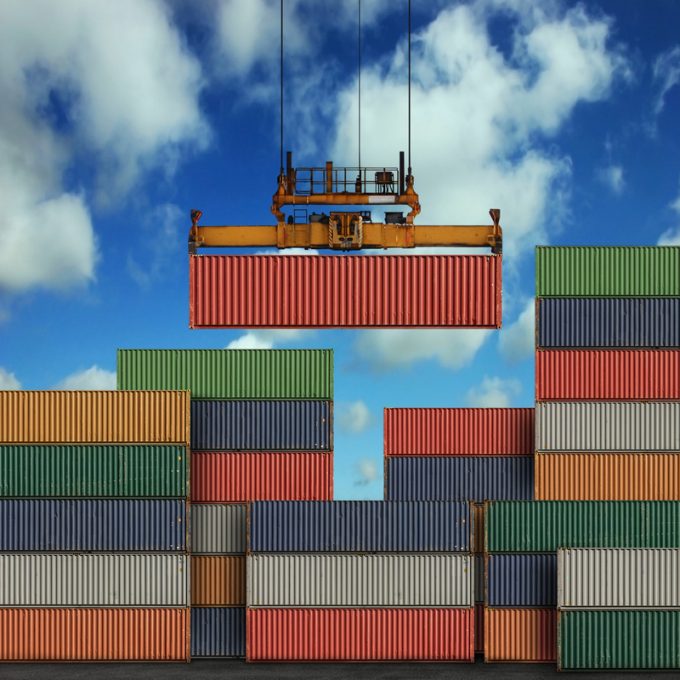'Governments must get behind drive for safer packing of containers'
Governments must support the widespread use of the CTU Code to improve packing and thus the safety ...

A US technology firm has developed a new app to help shippers and smaller forwarders comply with recently introduced container weight verification regulations.
The new law, adopted into international maritime law on 1 July as an amendment to the International Maritime Organization’s Safety of Life at Sea (SOLAS) regulations, means shippers must provide the verified gross mass (VGM) of a container before it is loaded onto a vessel at the export port.
Shippers and forwarders have warned that the new laws would cause disruptions ...
Asia-USEC shippers to lose 42% capacity in a surge of blanked sailings
Why ROI is driving a shift to smart reefer containers
USTR fees will lead to 'complete destabilisation' of container shipping alliances
New USTR port fees threaten shipping and global supply chains, says Cosco
Transpac container service closures mount
Outlook for container shipping 'more uncertain now than at the onset of Covid'
DHL Express suspends non-de minimis B2C parcels to US consumers

Comment on this article